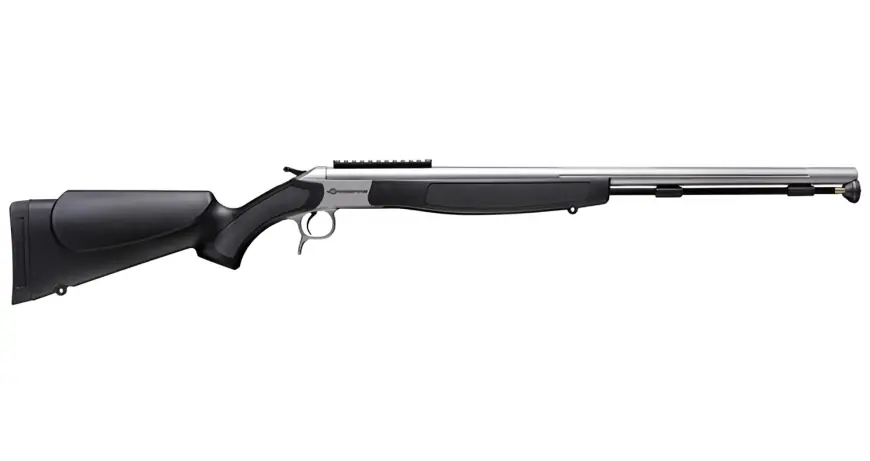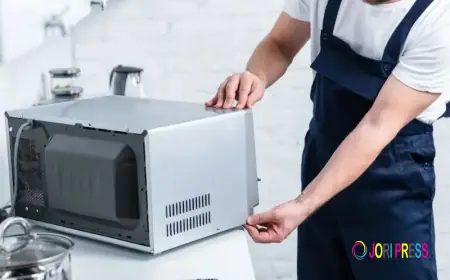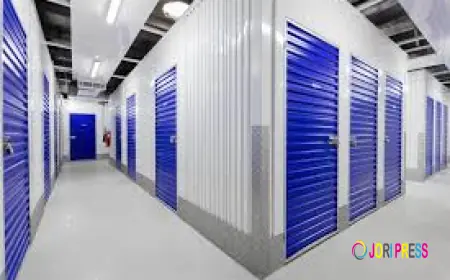Black Powder Muzzleloader: Where Every Shot Counts
A blend of antique and modern precision-manufacturing, black powder muzzleloading is a killer combination. These guns will provide a shooting experience that is not available in the modern cartridge guns and will compel you to learn to be skilled and patient in shooting, which many present-day shooters will be highly reward with.

Forget all you know about high-tech guns and super-fast shooting. Black powder muzzle loading takes you back to the core where ability is more important than velocity and accuracy can increase your game beyond simply spraying lead downrange. One shot, one chance—make it count. Know how to measure, charge, and shoot Black Powder for Muzzleloaders, and you are not simply shooting, but you are joining an ancient tradition that requires respect, patience and valid shooting knowledge.
Chemistry of Controlled Explosions
Black powder follows an entirely different principle than modern smokeless propellants. The old potassium nitrate and charcoal and sulfur mixture burns like deflagration rather than detonation, and yields you lower pressures and a ton of thick white smoke. Granulation size determines the rate of burning and pressure finer powders fly faster and increase pressure. These chemical peculiarities are important to know so that the muzzleloader plays safely and correctly.
The granulation classification specifies the particle size with F ratings, the more F the smaller the powder; 3F and 2F are the typical muzzleloader charge. Higher velocities on the same weight are generally obtained with that quick burn, so most modern shooters prefer 3F to work better and cleaner.
Modern Muzzleloader Performance Standards
The modern-day black powder muzzleloader models reach incredible accuracy and power to astonish anyone during the old days. Contemporary inline designs with 209 ignition fire nearly off the bat entirely eliminating the previous lag between trigger release and projectile exiting the barrel. Anywhere in the 90 and 150 grains of black powder is where you can get optimal performance on the rifle, based on your target.
The speed figures of well-loaded muzzle loaders indicate that 80 grains of 3F will propel a projectile to approximately 1,475 feet per second--enough kick to cause responsible game killing at more distant ranges. These vintage guns are surprisingly useful in the modern world, with the added precision of the high-quality barrels.
Safety Considerations and Loading Protocols
Safety with muzzleloaders requires complete attention to powder type and weight of charge. Smokeless powder should not be used in a muzzleloader--it may blow the barrel open and the powder cut off the end of your nose. The forgiving pressure of black powder is compatible with old-fashioned barrels, and industry replacements enhance reliability and reduce rust on newer weapons.
Correct loading procedure maintains performance at a constant and secure level. Every charge should be weighed using volume tools and not a weight scale since the density of black powder differs depending on the batch and brand. Regular ramming pressure defines the shape of the burn, thus ensuring it is even. The projectile must also be snugly fitting in the powder with no air gaps or you run the risk of a dangerous spike in pressure when firing.
What's Your Reaction?
 Like
0
Like
0
 Dislike
0
Dislike
0
 Love
0
Love
0
 Funny
0
Funny
0
 Angry
0
Angry
0
 Sad
0
Sad
0
 Wow
0
Wow
0

















































